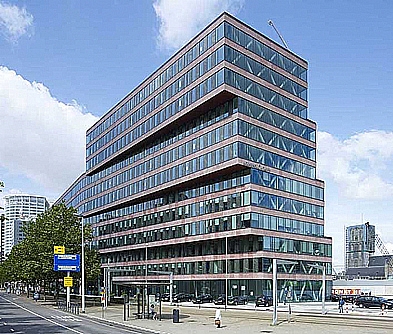
A better environment begins with steel

A better environment begins with steel

A better environment begins with steel

A better environment begins with steel

A better environment begins with steel

![]()
Office building on Blaak 31, Rotterdam (KCAP).
Flexibility is a rather difficult concept, particularly if you wish to interpret it in the context of sustainability. One dictionary definition is:
Flexibility = the capacity to adapt to changing circumstances.
The following definition is more focused on buildings:
Flexibility = the capacity of a structure to be adapted to changing user needs, or changing technology, functions or regulations.
The adaptation of a building results in a prolongation of its (economic) life. Extending the life of a building results in a lower environmental impact, including less production of construction and demolition waste, lower construction-related use of materials, and less transport, local nuisance, energy use and emission of harmful materials (e.g. CO2).